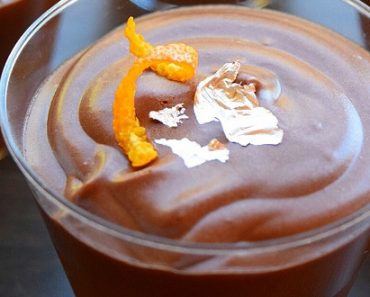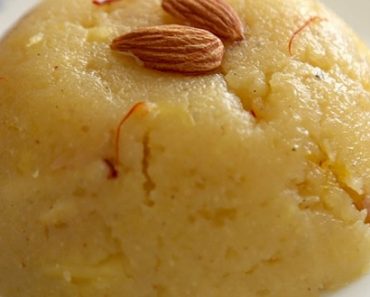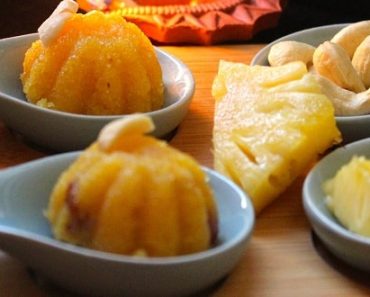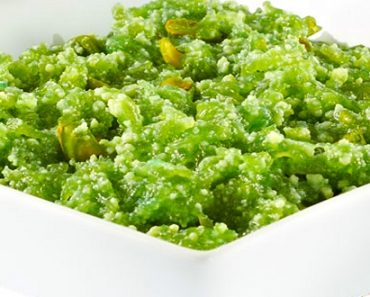Gelato is a famous frozen dessert that originates in Italy. It is usually made from 3.25 percent milk and sugar. It is generally lower in fat than other frozen dessert types. Also, gelato typically contains 70 percent less air and more flavor than other forms of frozen desserts. It is its consistency and complexity that differentiates it from other ice creams.
In its modern form, Gelato is attributed to the Italian chef Francesco Procopio Dei Coltelli, who opened his “Café Procope” in Paris in the late 160os. He served Gelato at his café, and the delicious treat gained popularity, first in Paris and then in the rest of Europe. Today, gelato is known all over the world. Italy is the only country where the market share of artisan gelato versus mass-produced gelato exceeds 55%, with more than 5,000 current Italian ice cream parlors hiring more than 15,000 people.
The Italian word for ice cream is gelato. This frozen dish starts with a similar custard base as ice cream but has a higher milk content and a lower cream and egg ratio (or contains no eggs at all). Churning at a much slower rate, it absorbs less air, which makes the gelato denser than ice cream.
Homemade Italian Gelato
- Author: Romae Chanice Marquez
- Recipe Category: Dessert
- Cuisine: Italian
The whole preparation time is for 1 hour. This recipe is suitable for at least 12 servings.
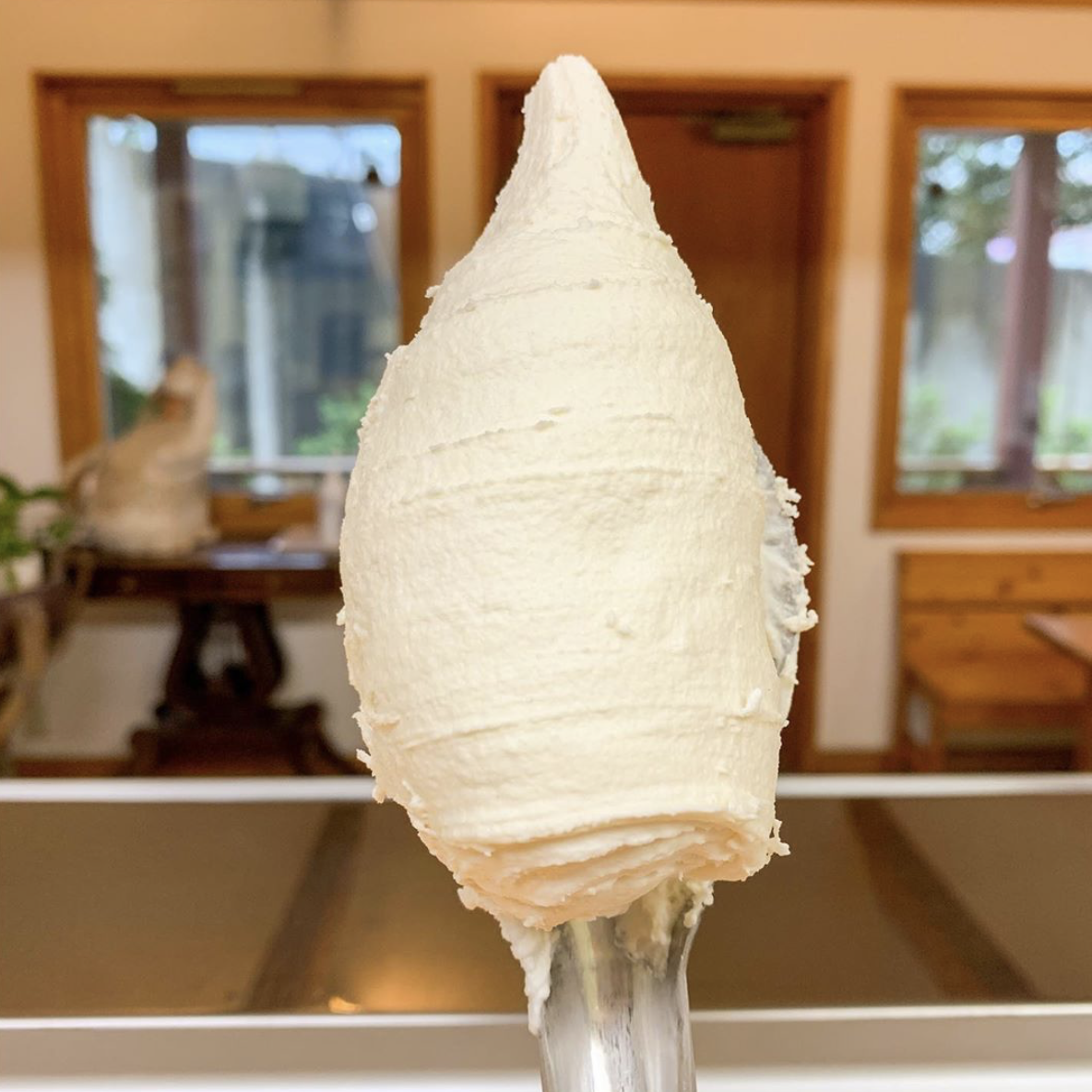
Photo credit: @hbm.g / Instagram.com
Homemade Italian Gelato Ingredients
- 30 fluid oz. whole milk
- 4 teaspoons vanilla extract
- 2 oz. skimmed milk powder
- 4 egg yolks (free-range)
- 3 oz. sugar (fine)
Homemade Italian Gelato Instructions
Step 1: Heat the milk with one teaspoon of vanilla extract and two teaspoons of sugar in a large saucepan. Stir well to ensure that everything is well-mixed. Reduce heat, boil for 5 minutes, remove from heat, and leave to infuse while the rest of the ingredients are prepared.
Step 2: Put the egg yolks with the sugar and vanilla extract in a stand mixer bowl and whisk for at least 10 minutes until the eggs are sweet, fluffy and voluminous. Put a mixing bowl large enough to hold the custard in the freeze or cool it down with ice cubes. Reheat the milk gently to warm but not too hot or boiling, as you risk curdling the custard. With the mixer running at medium speed, pour the liquid over the beaten eggs slowly and gently; take your time and don’t hurry through the process.
Step 3: Transfer the custard to the milk pan. Place it over low heat and continuously stir to cook slowly and gently until the mixture has thickened enough to cover a metal spoon. Pour the custard in the cooled down bowl and start stirring until the custard is cool enough to bring it back in the fridge.
Step 5: Place the custard into the freezer for 30 minutes. To break the custard down to a smooth consistency, take it out and beat it with either a fork, hand whisk or electric hand mixer. Do this three or four times every 30 minutes, then place the gelato in a container with a well-fitted lid in a plastic tub. Take the gelato out of the fridge 10 minutes before serving and enjoy!
Homemade Italian Gelato Additional Information
- Chill the container in advance as this will allow the custard to cool easily and ensure that the finished gelato is soft and creamy. This cools the cream so that it does not continue to cook.
- Gelato is consumed at a temperature slightly higher than ice cream, so its texture stays silkier and smoother. Because it has a lower percentage of fat than ice cream, the main ingredient of the taste really shines through.
- It will take 1 hour to make this gelato.
- This recipe will make 12 servings.

Image source: cntraveler.com
About Homemade Italian Gelato
If you want to add in fruit pieces for more texture, add them in when churning. While churning, almonds, chocolate chips, broken honeycomb, bits of coconut, and all the other extra ingredients can be added. Using alcohol sparingly as it can melt the ice cream if you use too much. However, you can add it to the milk when heating up.
Conclusion
Gelato is based upon a creamy custard made of eggs and whole milk. For consistency and quantity, it is sometimes supplemented with milk powder, which is low in sugar. The number of eggs used also gives the gelato its bright yellowish color; creaminess is given by beating the eggs and sugar and slow cooking. Unlike a commercial ice cream that includes stabilizers and additives, gelato melts very easily, making eating it even more pleasant.
For more international dessert recipes, click here.
Featured Image: @rollickingelato / Instagram.com, @imkwyl / Instagram.com





